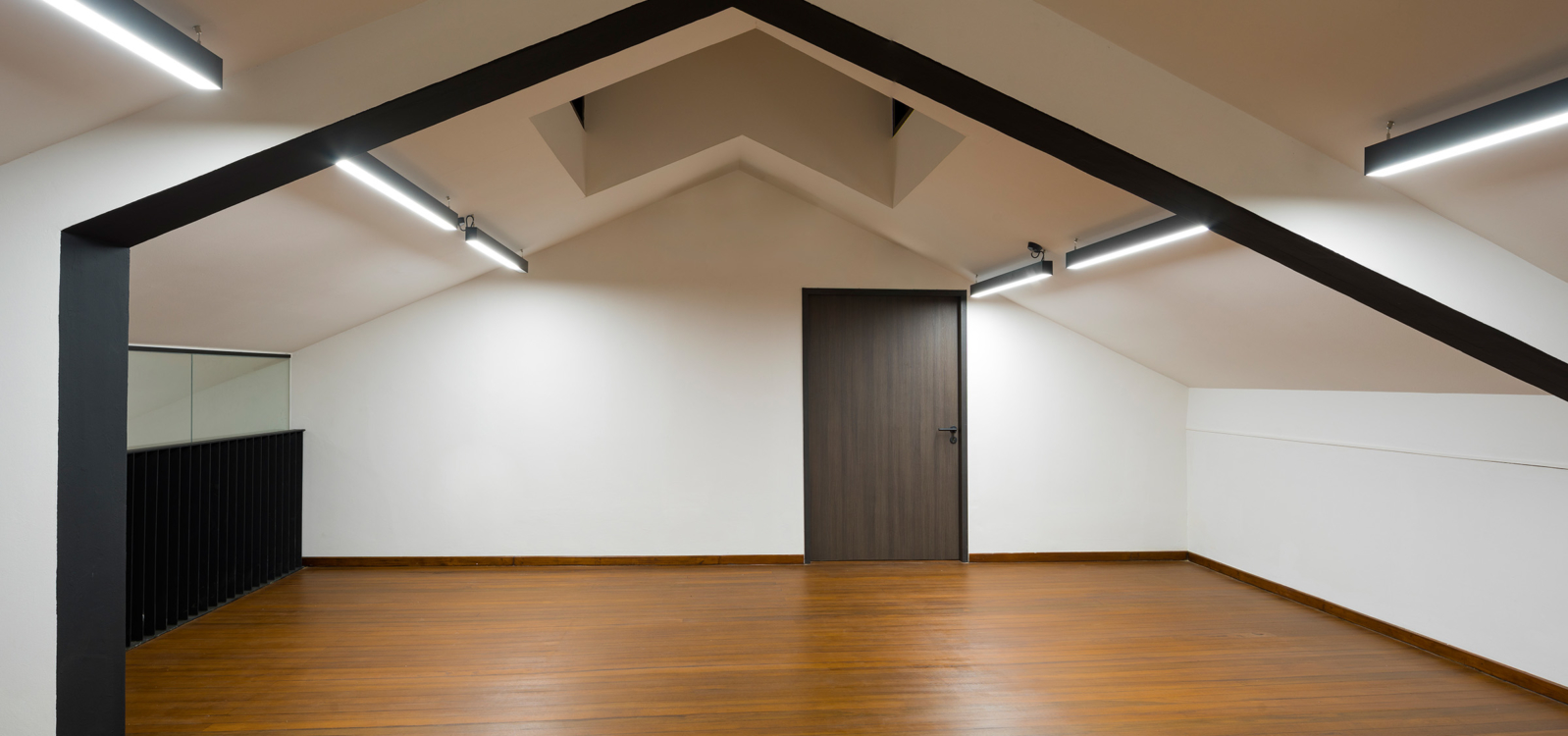Amoy Street Shophouses
Amoy Street
Developed in the 1830s as part of the 1822 Raffles’ plan for Chinatown, Amoy is the English name for Xiamen, a great maritime port in Fujian province of southern China. From Amoy, thousands of immigrants set sail to settle in Singapore. Amoy was home to the Hokkien community and they were involved in the flurry of commercial enterprise: trading in rice, textiles, iron and Chinese products. As it was located near the shore then, Amoy Street had businesses that catered to the sailors and the sea trade. It was also associated with opium-smoking dens during the colonial times.
Status:
Completed 2018
No. 77/78/80 Amoy Street
The 3 shophouses belong to transitional shop-house style, with residential front at the 1st storey. Under URA conservation guideline, the residential front is to be retained and restored. A residential front typically has a central door with windows on both sides, or a window with 2 doors.


Residential front is retained and restored. Chinese calligraphic characters were restored on the decorative panels on the façade. The characters are extracted from famous Chinese poetry.


Shades of red was chosen for the façade, to glorify Amoy Street as a bustling trading hub back in the days. The wall of the staircase is cladded with red bricks to reminisce the olden days. At the lift lobby, we used metal mesh over the red bricks. This juxtaposition of new and old materials further defines the notion of modern living in shophouses.



The interior was kept simple with black outline and white paint. This forms a contrast to the vibrant red façade.





No. 44/45/46 Amoy Street
Directly opposite 77, 78 & 80 Amoy Street, is a row of 2 storey shophouses belonging to the same owner. We were engaged by the owner to carry out addition and alteration to the shophouses. The shophouses also belong to transitional shop-house style, with residential front at the 1st storey.


The carved granite brackets were previously covered with thick layers of paint. After carefully restoration, we are able to reveal the original conditions of the granite brackets. Tiles laid in a random pattern are used for the 5-foot way.


Use of peranakan tiles at common areas to brighten up the spaces.




The 2nd storey and attic do not have very high ceiling, hence we kept the interior simple in white colour with an accent of black colour. This help to make the room feels spacious and it also forms a contrast to the vibrant red façade.









